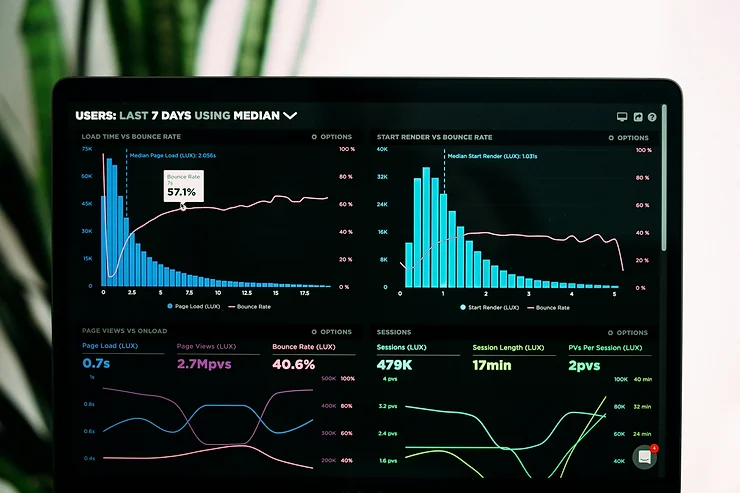
- October 9, 2024
What is Data Warehousing – Definition & Concept
In today’s data-driven business, a huge volume of data is generated at regular intervals. This data needs to be stored in a shared platform to enable various channels to use it for business analytics, decision making, and reporting. A data warehousing refers to the process of collecting, storing, and managing data from different sources into a single repository. And so, it’s quite systematic to perform data analysis and reporting at different levels.
A data warehousing is a vital point of the business intelligence system, which allows an organization to take decisions for the betterment of the business. To be specific, it is an electronic storage space to keep business data that has been collected from different sources. A data warehousing’s architecture comprises of three different tiers – front-end client, analytics engine, and server of the database. These three tiers work together for the functioning of data warehouses.
What Are The Stages of Building A Data Warehouse?
There are four stages of data warehousing that helps to find out and understand how the data transforms in the warehouse. The following are four stages of data warehousing –
-
Offline Operational Database: In this initial stage, confidential info is copied to a server via an operating system. This stage is important to ensure so that the data loading, processing, and reporting will not affect the performance of an operating system.
-
Offline Data Warehouse: In this second stage, different kinds of data warehouses are updated on a regular cycle from the operational database to get reflected in the business.
-
Real-Time Data Warehouse: In this third stage, the data warehouse is updated according to an event or transaction basis.
-
Integrated Data Warehouse: In this final stage, every organizational record is updated into the operational system. Each transaction that takes place in an organization is updated simultaneously in the data warehouse.
Examples of How Data Warehousing Is Used In Various Industries –
-
Healthcare Sector: A data warehousing system is used to calculate the outcome of treatment, generate medical reports, and share information with several units, such as – research labs, medical centers, and insurance providers. Enterprise data warehouse works as a crucial point of the healthcare domain that’s important to save patients.
-
Investment & Insurance Sector: A data warehousing is used in the insurance sector to analyze the clients, market trends, and other patterns of the data. Also, data warehousing plays a crucial role in stock markets.
-
Retail Industry: A data warehousing plays an imperative role in marketing, allocating, examining price range, understand customer’s preferences, and keep the track of promotional deals. Many retail sectors can implement enterprise data warehousing for the betterment of businesses.
What Are The Benefits of Using Data Warehouse In Today’s Business?
A data warehouse in the cloud and on-premises enables the business to analyze complex data, enjoying advantages in several areas –
-
Data Warehousing Offers Organizations With Required Access To Worldwide Information For Business.
-
A Data Warehouse Is Customized For Fast Data Retrieval And Business Analysis That Enables User To Take Quick Business Decisions.
-
A Data Warehouse Combines Information From Various Sources Into A Single Organizational Format.
-
Data Analytics Have A Positive Result On Cost Savings And Helps To Increase Revenue.
Once you’ve understood the value of having data warehouses, you need to find the best tools for the betterment of businesses.
What Are The Different Tools For Data Warehousing?
A data warehouse maximizes a query-response time, enables companies to gain required insights, and improves greater access to the business data. A data warehouse’s cost is reduced presently with the advancement of cloud technology.
The following five highly scalable tools of data warehousing are available on pay-per-use requirements –
-
Snowflake
-
Teradata
-
Google BigQuery
-
SAP HANA
-
Microsoft Azure
Final Thoughts
In today’s data-driven business time, every company needs to get access to the right data integration platform. Modern data warehouses are customized to manage structured as well as unstructured information, which includes images, videos, and sensor data. This data warehouse not only saves costs, generates sufficient return-on-investment, and also improves the quality and consistency of the business data. It further helps to deliver better business intelligence and enables companies to predict the exact result.
Let’s hope after reading this informative write-up, you will get ready to incorporate data warehousing for the business today!










